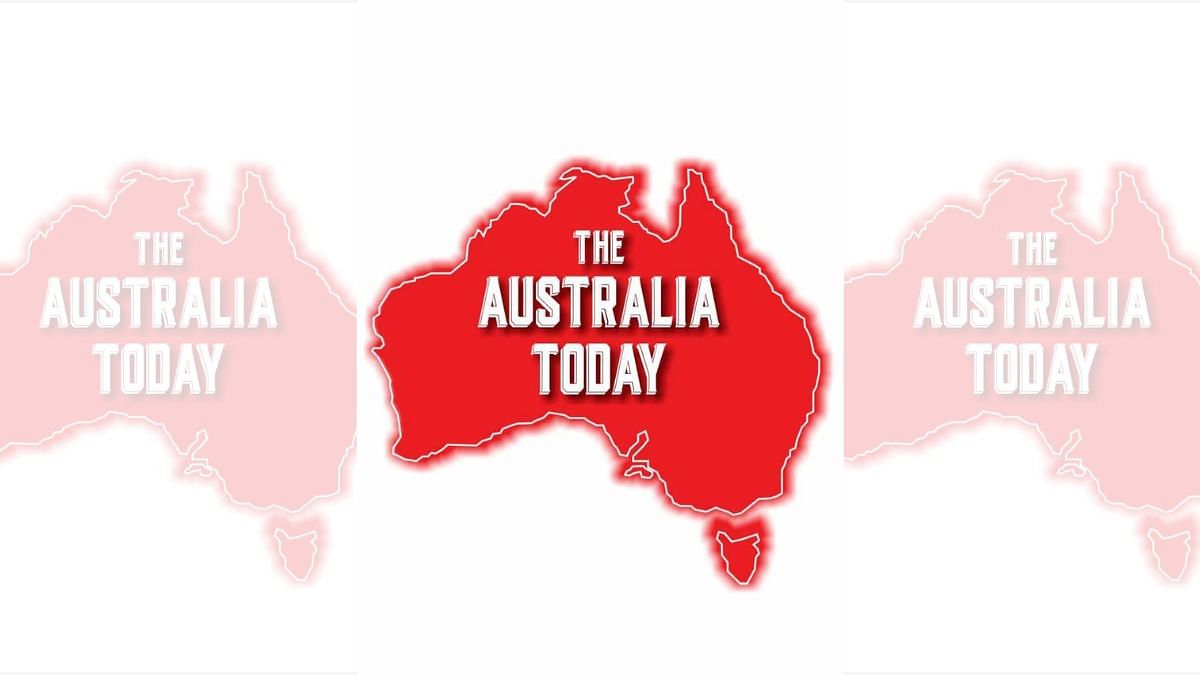Australia’s 270,000 enrollment cap: What’s next for international students?

- by Admin
- September 10, 2024

Australia’s international education landscape is undergoing significant changes, with the latest government figures showing the country currently hosts approximately 717,500 international students as of early 2024. What began with the shift from the Genuine Temporary Entrant (GTE) to the Genuine Student (GS) requirement has now culminated in a cap on international student enrollments, limiting the intake to 270,000. Along the way, visa fees have doubled (710 AUD to 1,600 AUD), and minimum savings requirements for applicants have increased (24,505 AUD to 29,710 AUD) — marking a series of reforms aimed at managing the rising influx of students.
These measures signal a broader effort by the Australian Government to ensure the sustainability of its migration and education systems. Australian Education Minister Jason Clare states that this limit on international student enrollment is intended to create “a better and fairer system.” Let’s first take a closer look at the reasons behind this change.
Reasons for Australia’s recent student policy changes
The international student enrollment cap set at 270,000 is further divided across different types of institutions. For Australian public-funded universities, the limit will be set at 145,000, which is close to the numbers from 2023. In the vocational education sector, there were 52,996 and 60,122 Indian students enrolled in 2022 and 2023, respectively. The total cap for this sector for all incoming international students is set at 95,000. Other private and non-higher education institutions will see an enrollment limit of 30,000 for the year 2025.
“There are about 10% more international students in our universities today than before the pandemic, and approximately 50% more in our private vocational and training providers,” Education Minister Jason Clare stated during a press conference. It was also noted that the increase in the vocational education sector indicates a growing interest in work rather than in traditional academic study leading to missed opportunities for those that are actually interested in studying in Australia.
This problem becomes even more serious when many international students prolong their stay in the country by enrolling in various courses, one after another, while they apply for permanent residency. The government’s recent changes can be seen as an attempt to rectify and streamline the migration system. Net migration to Australia reached a record high with a 60% increase by the year ending September 30, 2023.
International students contributed to more than half of Australia’s GDP growth last year. In 2022-2023, international education contributed nearly AUD 36 Billion to the Australian economy.
However, this increased influx of international students has placed excessive pressure on already tight labour and housing markets, prompting the Australian government to take these stringent measures. It is important to remember that no country will take drastic measures without a significant underlying issue.
Australia’s Student Policy vs. Canada & UK
Australia is not the only country tightening policies for international students. Canada has introduced a study permit cap of 360,000 earlier this year to manage the surge in student numbers and relieve pressure on housing and the job market. Similarly, the UK has implemented measures to limit international student numbers by restricting the ability of students to bring dependents, which led to a 16% drop in visa applications in 2024. These actions reflect a global trend of governments attempting to balance the benefits of international students with the challenges posed to infrastructure, labor, and housing markets.
Canada’s cap aims to reduce international students by 35% in high-demand areas like the Greater Toronto area, particularly in vocational and undergraduate programs. The UK has focused on limiting migration by targeting students with dependents rather than capping enrollment directly. Both countries are responding to the post-pandemic surge in student numbers but have not introduced sector-specific restrictions.
In contrast, Australia’s approach is more targeted, with caps applied specifically to public universities and private vocational institutions. This strategy is expected to disproportionately affect large, research-intensive universities in cities like Sydney and Melbourne, making it more difficult for international students to gain admission to top institutions. Australia’s sector-based caps go further than those in Canada and the UK, setting a new standard for government intervention in international education.
Impact on Indian Students & Australian Universities’ Response
The enrollment cap will significantly impact Indian students. The reduced caps in different sectors especially in the vocational education and training sector may narrow options for students seeking courses linked directly to employment. As a result, Indian students may need to prioritise early applications and focus on public universities, where competition is high but opportunities are more abundant.
This shift may compel students to focus more on public universities, where the competition remains intense but opportunities are broader. Additionally, with fewer spots available in private and non-higher education institutions, Indian students might need to carefully evaluate their study plans and apply early to secure a place. The changes reflect a broader strategy by the Australian government to manage migration and ensure that international students contribute meaningfully to the economy without overwhelming the labor and housing markets.
The immediate impact of recent changes in Australia’s international higher education policies is evident in the significant decrease in visa approvals and dissatisfaction among top universities. Between January and April this year, 74,421 study visas were issued, marking a 30% drop from the 104,808 visas granted during the same period in 2023. The vocational education and training sector saw an even sharper decline, with a 69% decrease in visa grants, while the language training sector experienced a 56% drop.
Considering how much international students contribute to the Australian economy this can be a big hit on the country. The University of Melbourne issued a statement acknowledging receipt of its indicative cap and is currently assessing the financial and other implications. Vice-Chancellor Professor Duncan Maskell expressed concern, stating, “The cap on international students will have detrimental consequences for our University, the higher education sector generally, and the nation for years to come.”
The Group of Eight (Go8), which includes Australia’s leading research-intensive universities such as the University of Melbourne, Australian National University, University of Sydney, and others, has criticized the cap as a “bad policy,” emphasizing its potential negative impact on the education sector. That said, it’s not all doom and gloom. While these changes may bring some challenges, they also open the door for a more balanced and sustainable system for international students. Australia is clearly focused on finding the right balance, and only time will tell how things pan out. For now, staying informed and planning will help students and universities navigate this evolving landscape. Let’s see what the future holds!
(Author Ankit Mehra is CEO & Co-Founder of GyanDhan, education financing marketplace. Views expressed are personal.)
The Latest News
-
November 13, 2024Seven Upfronts: Returning Hits, Music Specials and New AFL Footy Shows Lead Seven’s 2025 Slate
-
November 13, 2024The Future Of Australian Fashion Week Is At Risk As IMG Exits Event
-
November 13, 2024Aussie Test selector claps back at ‘guess’ sledge
-
November 13, 2024‘Mark Waugh just laughed’: The hilarious true story behind formation of an Aussie rock icon
-
November 13, 2024Who is Alex Condon? Aussie NBA prospect considering career at Collingwood | Sporting News Australia


